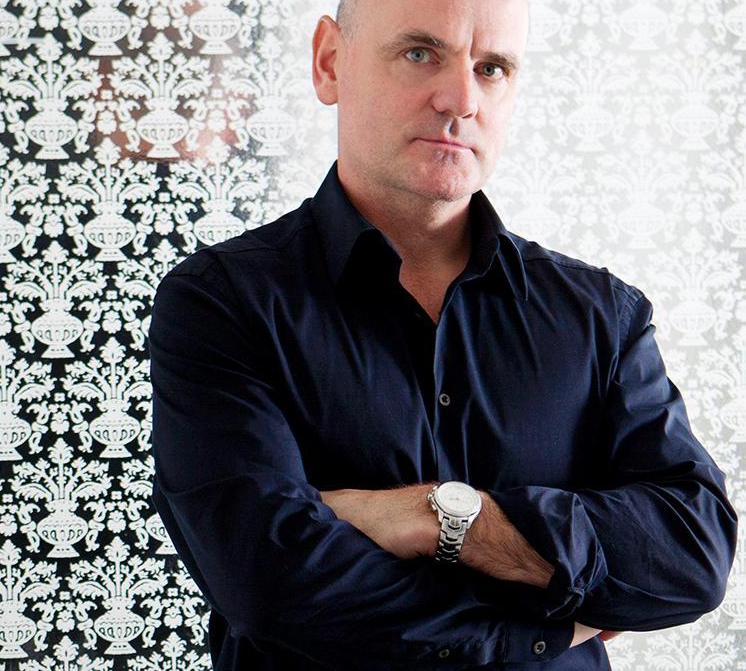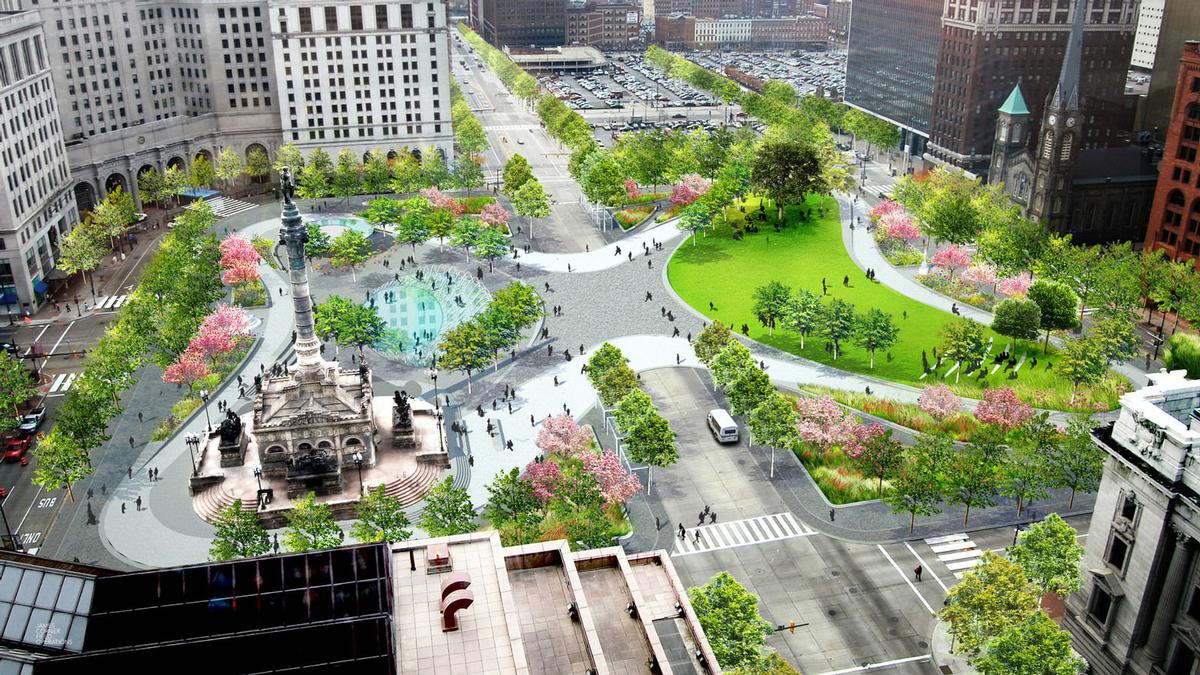Well-designed public squares can enhance tolerance during volatile political times, says James Corner

– James Corner
Practices designing public squares should consider how they can enhance tolerance and provide platforms for peaceful democratic protest, according to landscape architect and theorist James Corner.
Speaking exclusively to CLAD, Corner explained how well-conceived public city squares can be “conducive to more tolerance” at a time when “democracy is being challenged”.
“They’re great spaces for people to be exposed to other people – people who are not like themselves,” he added.
The founder of landscape design practice James Corner Field Operations – whose own high-profile public projects include the High Line in New York and Chicago’s re-developed Navy Pier – encouraged studios working on large-scale public commissions to “design spaces that are inviting and welcoming to all people.”
“If you design a special place, it has a certain aura to it, and that allows democracy to play out in terms of free speech and exposure to difference,” he said. “It attracts people from every walk of life, and that can reduce fear. You don’t necessarily have to like everybody or be friends with everybody, but you’re tolerant of the fact that diversity and pluralism is part of cosmopolitan life in any city. Design that welcomes and showcases that is a great, great thing.”
Corner used the example of Cleveland Public Square, which his practice designed as “a stage for public life” by bringing together four quadrants that had previously been separated by two big roads.
“There was a lot of fear that there would be big riots last year in the square ahead of the Republican National Convention [where Donald Trump accepted the party’s nomination to run for president],” he said. “People were expecting vandalism and damage and fights.
“But afterwards, a reporter from a local newspaper wrote an article about just how amazing it was, because while people turned up and there were public speeches and protests, it was all done with great respect. He extended the hypothesis that that respect came because of the square.
“Our design emphasises the sound of water, the shade from the trees, the openness of the views, the lack of feeling overly enclosed. The quality of the materials and finishes just led to a sense of ‘this is an open space and open platform to say what I want to say and protest, but I am no way induced to violence.’
“This goes back to your psychological feeling of wellbeing that you’re in an environment that commands a certain amount of regard or respect. It’s not something to be trashed. If you design a trashy place it will get trashed, if you design a special place it will encourage a special atmosphere.”
Public square right now. Demonstrations remain peaceful, no arrests. Ppl dancing in fountain. ???????????? pic.twitter.com/j8PtFKlvdG
— Cleveland Police (@CLEpolice) July 22, 2016



